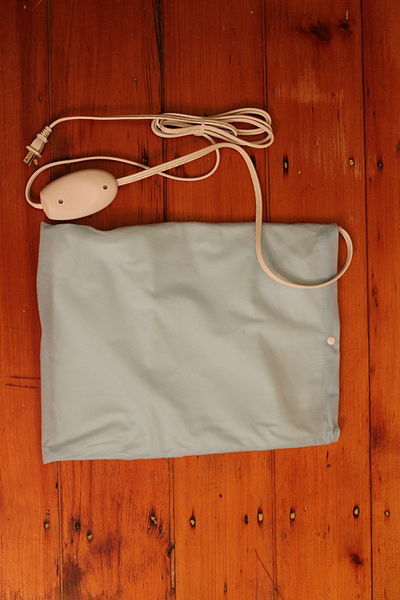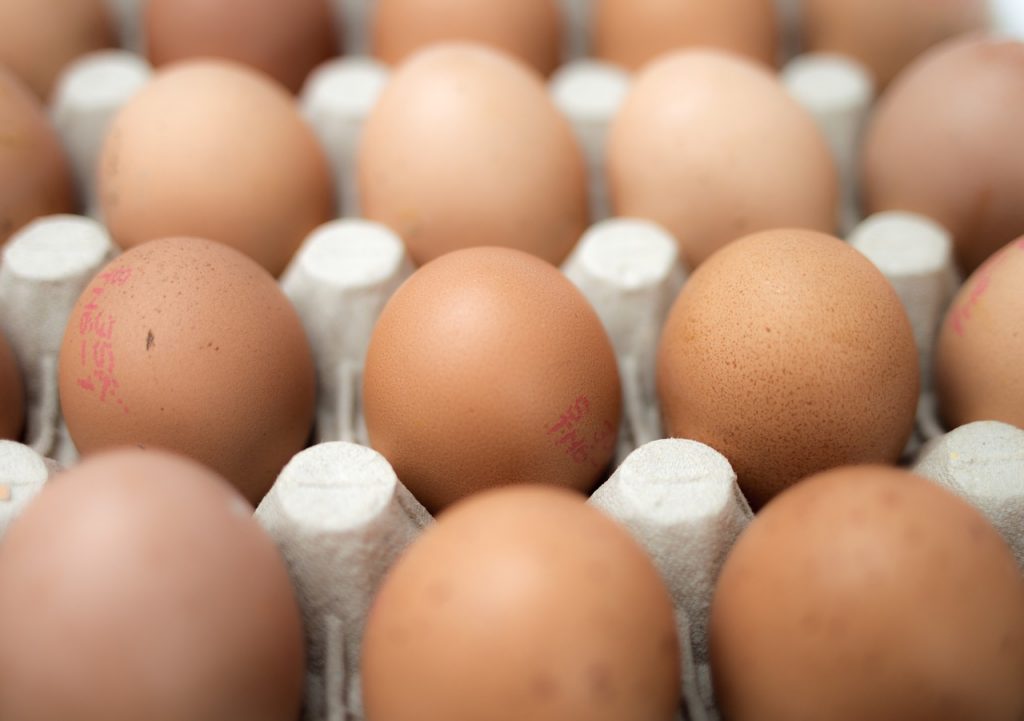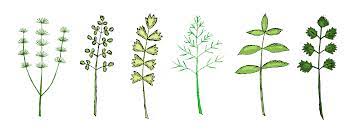Introduction:
Josh Billings said that, quote, ‘In youth we run into difficulties; in old age difficulties run into us’. – Unquote. That is so true of old age. As we grow older, our sight dims, we have arthritis, memory problems and so on. But one of the most disturbing symptoms that my older male patients face is an increasing frequency of overnight visits to the bathroom. They wake a lot more than they used to and they have a poor stream of urine, sometimes there is urgency and then an irritating hesitancy when they think that they might actually wet their pants. Sometimes there is even a leaking of urine with dribbling. All these usually point to a benign enlargement of the prostrate. Of course, we run all the tests to rule out urinary infections and prostate cancer and finally the urosurgeon advices an operation. This is when panic sets in and they want to avoid surgery.
The Allopathic medical line of treatment:
For those who do not want surgery there are tablets that shrink the prostate. Some of them approved by the US FDA are Finasteride and dutasteride, these tablets work by inhibiting the production of the hormone DHT, which is involved with prostate enlargement. The use of either of these drugs can either prevent progression of growth of the prostate or actually shrink the prostate in some men. Other drugs that shrink the prostate are terazosin and tamsulosin. These drugs act by reducing the bladder outlet obstruction and help the elderly to urinate properly
There is safer and natural alternative:
1) Saw palmetto is an herb that has been shown in clinical studies to have an important role in maintaining a healthy prostate. Saw palmetto (Serenoa repens) grows naturally in the southeast United States, including Georgia, Mississippi, and particularly Florida.
When it is extracted in Homeopathy as a mother tincture, it is called as Sabal serrulata Q. Several small studies suggest that saw palmetto may be effective for treating BPH symptoms although many allopathic physicians are skeptical whether this mother tincture actually reduces the prostate size in a benign prostate enlargement.
2) Pygeum is another herb that is found useful in France. In France, this herb is found in over 75 percent of all doctors’ prescriptions for enlarged prostate. Doctors report that the herb reduces symptoms in at least half of the men who try it, and it does so in less than six weeks. But it is not as effective in cases of severe prostate enlargement. The recommended dose is 100 or 200 mg capsules once a day or in two divided doses.
3) Nettle leaves have long been known as an excellent diuretic and are used to stop the urine retention that often accompanies prostate inflammation. It is useful for mild prostate enlargement and patients with mild prostate enlargement who took nettle root found that their symptoms disappeared within three weeks of therapy.
4) Pumpkin seeds contain abundant amounts of b-sitosterol, a hormone like substance known to reduce prostate inflammation. These natural herbs also contain isoflavones such as genistein and daidzein, phytosterols such as sitosterol, and carotenoids and these are said to help in reducing prostate inflammation.
My recommendations in Homeopathy:
I find that in the beginning of a prostate enlargement Sabal Serrulata 3x potency is better than Sabal Serrulata Q. I suggest 15 drops in a Luke warm porcelain cup of water to be taken twice daily for 5 to 6 months. At 3x potency the efficacy of the medicine is better.
I normally follow it up with Ferrum Picricum 200. I prefer 30 size pills and recommend 2 to 3 globules thrice a day. Ferrum Picricum suits elderly patients who are restless who have burning in the urine with enlarged prostate.
Another remedy that I use inter-currently is Chimaphila Umbrellata. I prefer this remedy in the 30 or 200 potency and I use 30 size pills and I advise the patient to try this for 3 to 4 months. This remedy is very good for enlarged prostate with irritation in the bladder.
Other useful remedies may be Thuja, Mercury, Cantharis and Staphisagria, just to name a few.




